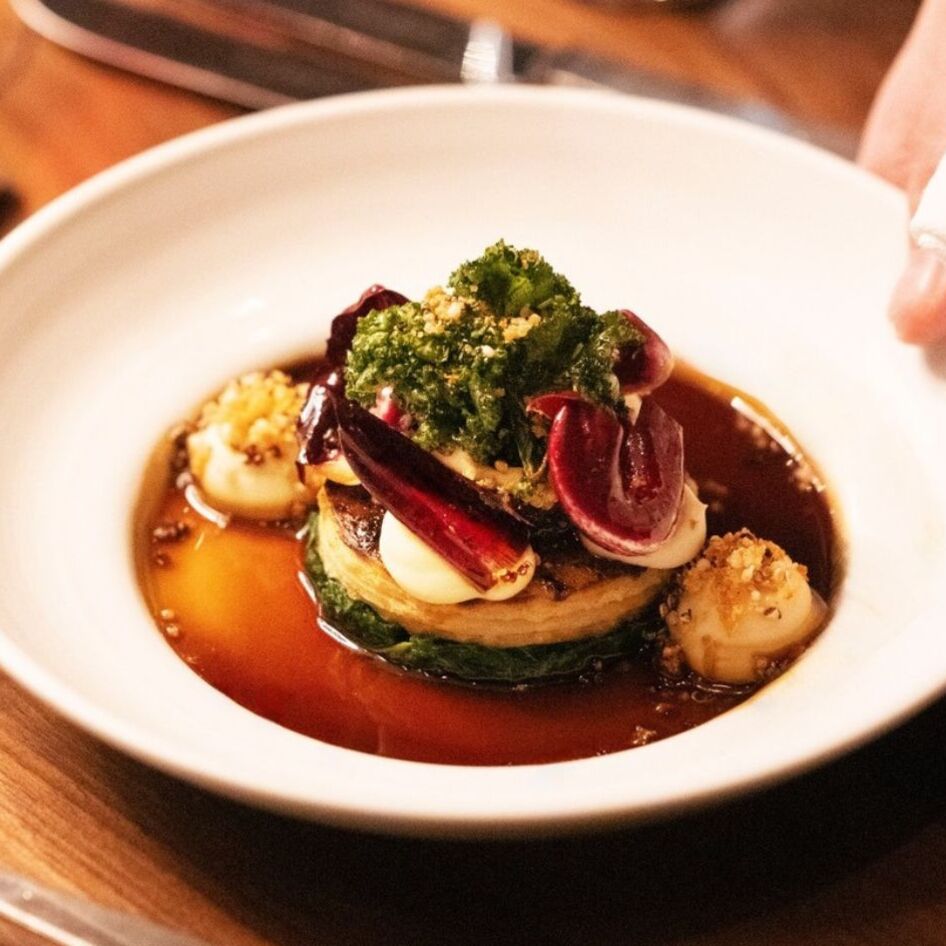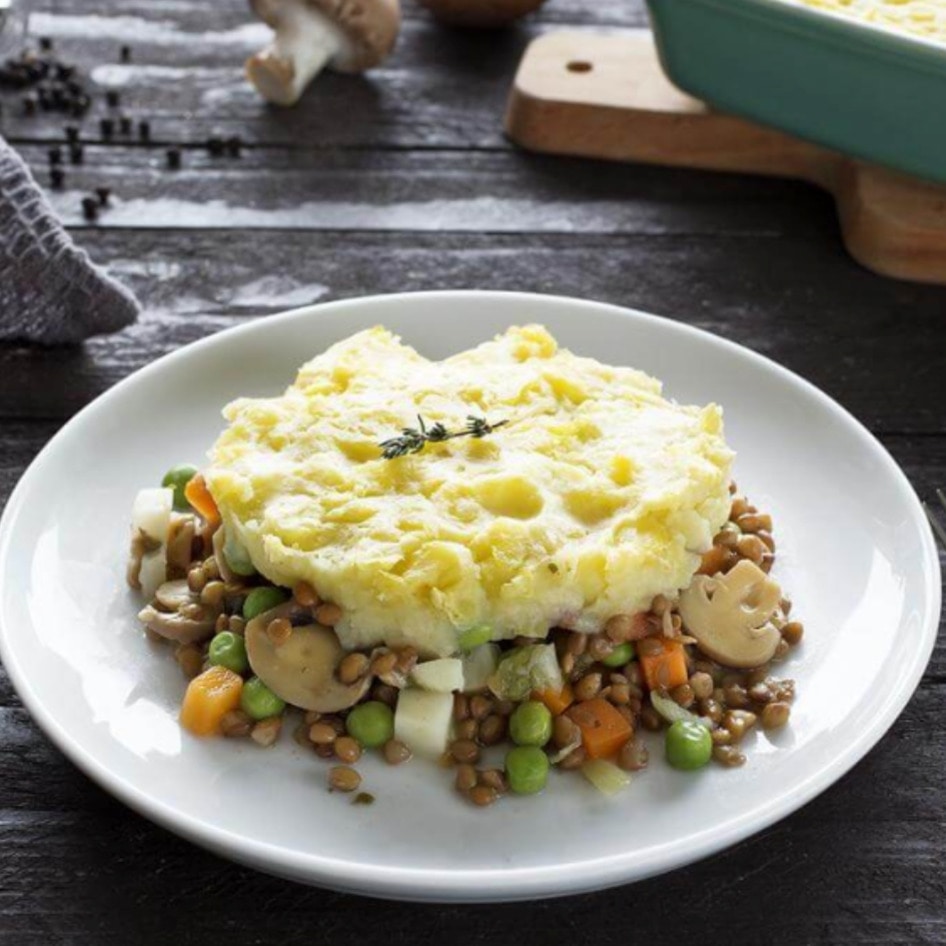Vegan Food Options at US Colleges
Veg options at universities are better than ever with dishes like vegan taquitos, fajitas, and veggie wraps.
September 7, 2009
It’s that time of year again: cue the homework, schoolbooks, and teachers’ dirty looks. A new semester has arrived, but don’t fret if you’re less than psyched for the return to academia. With the proper fuel—we’re talking plant-based proteins and dairy-free baked goods—Winter break will be here in a flash. Check out your dining hall’s website for a menu. The University of California at Berkeley, which has more than 250 vegan items rotating in its dining hall menu, offers vegan taquitos, fajitas made with Gardein, and tofu-tempeh stir-fry with braised bok choy. The University of Denver offers a couscous burger, grilled veggie wrap, and sweet and sour tofu.
There’s really no excuse not to have a plant-based plethora of meals if you’re purchasing a meal plan. If veg is lacking, you should demand top-tier treats and eats, because it’s likely that you’re shelling out a good chunk of change to attend your school of choice.
Josh Balk, outreach director for the Humane Society of the United States’ factory farming campaign, works with universities and students to get meat-free fare on the menu. His advice to students who want more vegan options is to approach the dining directors, see if they’re receptive, and suggest meat alternatives: “Meat alternatives allow dining services to dramatically increase the amount of vegan food offerings without requiring chefs to come up with new recipes.” It also helps to use statistics or polling data to build your case that there is a demand for plant-based alternatives.
Balk says the best bet is to provide dining directors with a list of meat and dairy alternatives that can be used in recipes they’re already familiar with. The meat alternatives that chefs favor the most? Gardein and Tofurky top the list in Balk’s opinion. According to his experience with dining directors, “Gardein can simply be substituted for meat in any dish, effortlessly multiplying a dining operation’s vegetarian options.” With all the stress and new surroundings first-time college students experience, foods with familiar tastes and textures will be more comforting and inviting to new vegans and the veg curious.
Some universities, such as Penn State and the University of Maryland, have responded to students’ outcry for conscientious cuisine by implementing vegetarian advisory boards. These panels consist of students and dining-services staff who discuss and taste test new veg foods. Sister Maureen Schrimpe from the University of Maryland says that the school’s advisory board scores news recipes and that they eventually opened “a truly vegan concept in [the] largest dining hall,” which is Sprouts—a section dedicated to meat- and dairy-free delectables. “We have many items and have ‘cross-over’ customers who also enjoy the concept,” Schrimpe says of Sprouts, which has become a very popular spot for students.
How do chefs know if an option is working? Ida Shen, executive chef at UC Berkeley, looks no further than the compost bin to see what flies and what simply does not satisfy: “If we put something out and it gets good reviews or gets eaten up, we know we have a winner,” she says. Once new options are added, fortify the fact that there’s a demand for tasty veg food by promoting and then packing away the plant-based portions. Head chefs will be encouraged to add more veg foods if the goods are gobbled up right quick.
JUMP TO ... Latest News | Recipes | Guides | Health | Subscribe







